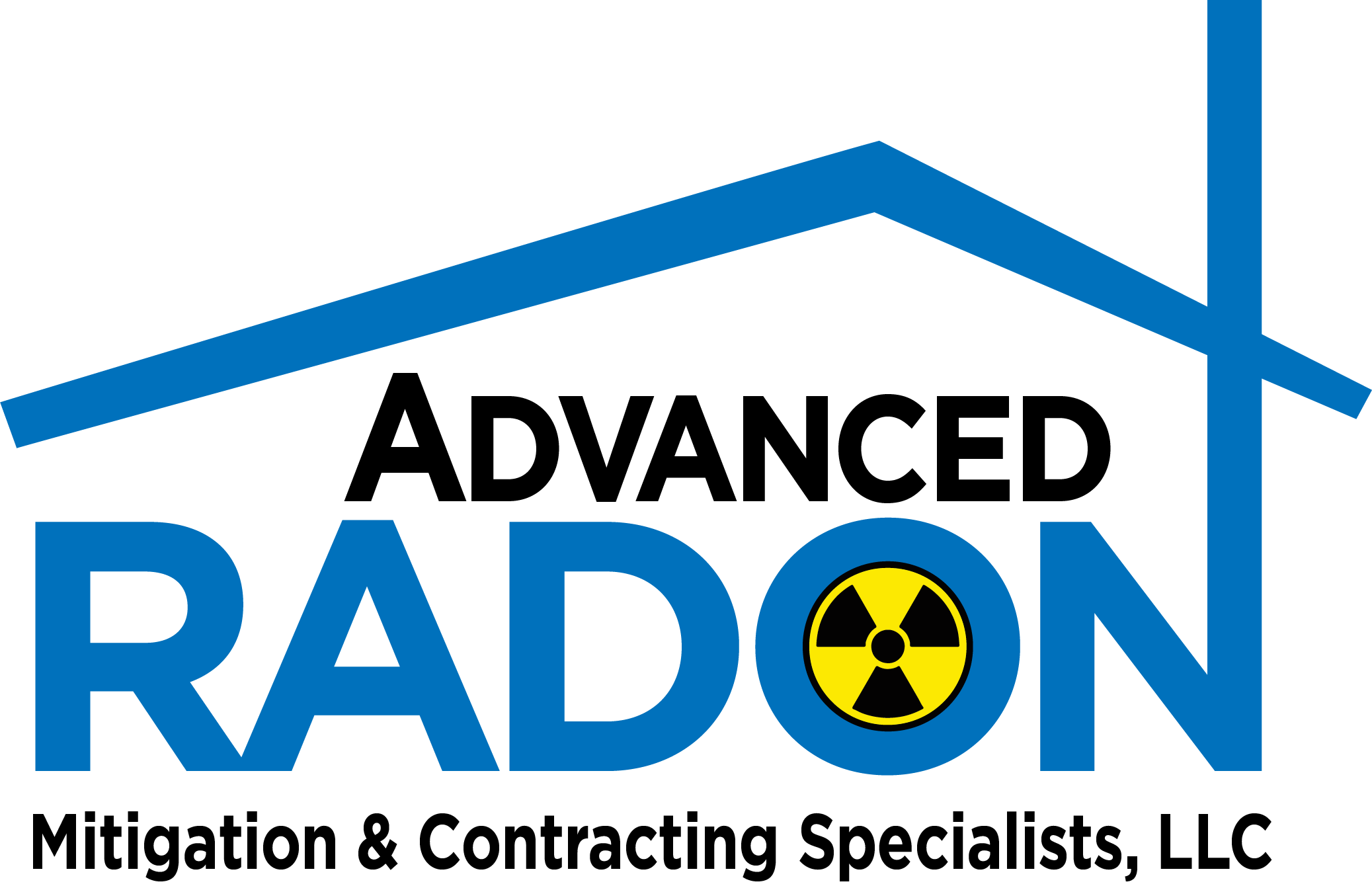

Myth
Radon isn't dangerous.
Fact
Radon is the 2nd leading cause of lung cancer deaths among nonsmokers and is responsible for 22,000 deaths in the United States each year. Because it is an odorless gas, we can't see, smell, or taste it - meaning, we can't detect high radon levels in our home using our senses alone.
Myth
New homes don't require radon testing.
Fact
No home is exempt. From older homes to new construction, homes of all types including those with basements, slabs and crawl spaces need to be tested for radon - it's the only way you'll know if you have an elevated level of radon.
Myth
My neighbor's home has low radon levels, so mine must have low levels, too.
Fact
Radon levels vary from house to house. Your next-door neighbor may have a completely different radon level.
Myth
My house tested low for radon a few years ago - I don't need another test.
Fact
Actually, the EPA recommends that you test your home's radon levels every two years to make sure levels remain low. Also, retest your home's radon levels if it has been renovated since its last radon test.
Myth
I don't need a professional to test my home's radon levels - I can do it myself.
Fact
This isn't entirely false, but it's not entirely true either. There are plenty of "do-it-yourself" testing kits you can use, but it is highly recommended that you hire a professional such as a home inspector to test your home for radon.
Myth
Radon testing is expensive and takes too long.
Fact
Actually, radon testing is relatively inexpensive. The testing device monitors your home's radon levels and typically takes 2-5 days.
Myth
I've lived in my house for a long period of time - it wouldn't matter if I tested it now.
Fact
Long-term radon exposure can cause lung cancer. It's never too late to protect your family and home from high radon levels.

